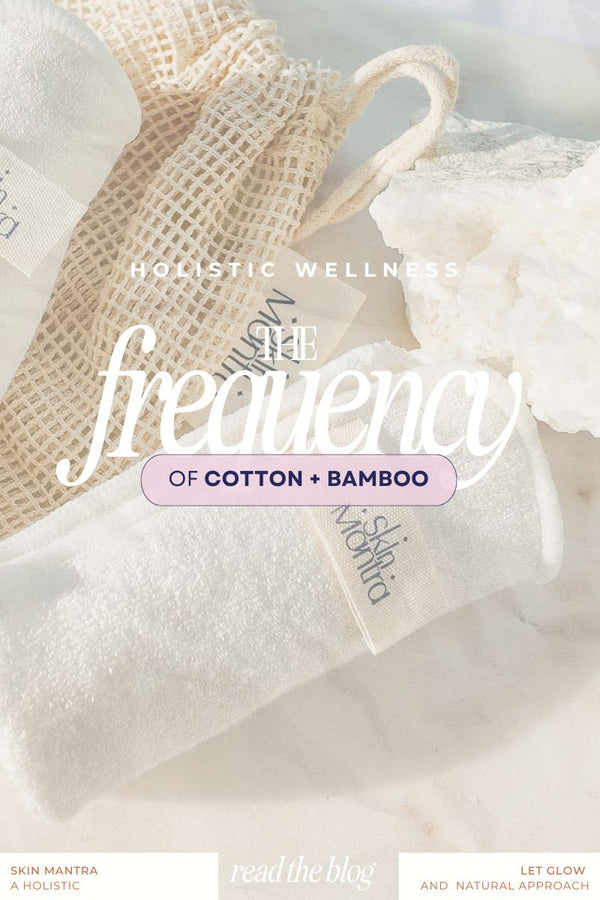Scientific Studies On LED Therapy

LED Therapy for treating the signs of aging & wrinkles:
In this 4-week study, the following results were observed:
- Reduced signs of aging in 90% of patients with smoother skin
- Reduction of crow’s feet
- Reduction of redness
- Increased collagen levels in 100% of patients.
https://www.ncbi.nlm.nih.gov/pubmed/15654716
LED Therapy for reducing wrinkles, rejuvenating skin and reducing pore size:
The stimulation of collagen and elastin production leads to the firming of the skin and thus a reduction of the appearance of wrinkles and the disappearance of fine lines.
Studies also confirm that a majority of people using red light see a reduction in the size of facial pores.
Pore size reduction in 90% of patients. Increased skin clarity in 90% of patients. Wrinkle reduction in 45% of patients.
Lask, G. et al. – The utilization of nonthermal blue (405-425 nm) and near infrared (850-890 nm) light in aesthetic dermatology and surgery-a multicenter study.
https://www.ncbi.nlm.nih.gov/pubmed/16414904
Russell, B.A. et al. – A study to determine the efficacy of light therapy in facial skin rejuvenation
https://www.ncbi.nlm.nih.gov/pubmed/16414908
LED Therapy for improving skin's ability to heal:
Red light helps reduce old age spots, sun spots and skin discolorations. By stimulating the production of collagen, the skin cells renew and the spots disappear.
At the end of the 4-week study, 74% of patients showed a visible improvement in the appearance of fine lines and wrinkles.
Red light has also been shown to reduce sebum secretion from the sebaceous glands, making your skin less oily.
Sadick, N.S. et al. – A study to determine the efficacy of a novel handheld light-emitting diode device in the treatment of photo-aged skin.
https://www.ncbi.nlm.nih.gov/pubmed/19146602
LED Therapy for firmer and smoother skin:
The study showed that after several sessions of light therapy, an improvement in the complexion, softness, smoothness and firmness of the patients’ skin was observed.
Russell, B.A. et al. – A study to determine the efficacy of light therapy in facial skin rejuvenation
https://www.ncbi.nlm.nih.gov/pubmed/16414908
LED Therapy for stimulating the production of collagen and elastin:
Lee, S.Y. et al. – A prospective, randomized, placebo-controlled, double-blinded, and split-face clinical study on LED phototherapy for skin rejuvenation
https://www.ncbi.nlm.nih.gov/pubmed/17566756
LED Therapy for improving moisture retention, suppleness and firmness:
With increased collagen and elastin, your skin becomes firmer. Your skin’s moisture retention will improve.
Wunsch, A et al. – A controlled trial to determine the efficacy of red and near-infrared light treatment in patient satisfaction, reduction of fine lines, wrinkles, skin roughness, and intradermal collagen density increase.
https://www.ncbi.nlm.nih.gov/pubmed/24286286
LED Therapy for skin oxygenation and detoxification:
Red light increases the transfer of energy between skin molecules that absorb this energy. These activated molecules cause the skin to oxygenate and detoxify.
Karu, T. – Primary and secondary mechanisms of action of visible to near-infrared light on cells.
LED Therapy for stimulating skin healing and regeneration:
Red light increases the rate of cell regeneration and thus accelerates the healing of the skin and the disappearance of scars.
Whelan, H.T. et al. – Effect of NASA light-emitting diode irradiation on wound healing.
https://www.ncbi.nlm.nih.gov/pubmed/11776448
LED Therapy for effectively treating acne:
Blue light helps reduce lesions. It combines the anti-bacterial and anti-inflammatory actions and thus allows to effectively treat acne, light and severe.
Studies by H.H Gold showed a 65% reduction in boils and a 62% reduction in whiteheads and blackheads.
Gold, M.H. et al. – Clinical efficacy of self-applied blue light therapy for mild-to-moderate facial acne.
https://www.ncbi.nlm.nih.gov/pubmed/20729943
Papageorgiou, P. et al. – Phototherapy with blue (415nm) and red (660 nm) Light in the treatment of acne vulgaris.
https://www.ncbi.nlm.nih.gov/pubmed/10809858
Morton, C.A. et al. – An open study to determine the efficacy of blue light in the treatment of mild to moderate acne.
https://www.ncbi.nlm.nih.gov/pubmed/16249142
LED Therapy for reducing pore size:
Studies confirm that a majority of people using red light see a reduction in the size of facial pores.
Pore size reduction in 90% of patients, Increased skin clarity in 90% of patients.
Lask, G. et al. – The utilization of nonthermal blue (405-425 nm) and near infrared (850-890 nm) light in aesthetic dermatology and surgery-a multicenter study.
https://www.ncbi.nlm.nih.gov/pubmed/16414904
LED Therapy for killing acne bacteria:
Bacteria are sensitive to light and it has been shown that blue light is the most effective at removing bacteria from your skin.
Lubart, R. et al. – A possible mechanism for the bactericial effect of visible light.
https://www.ncbi.nlm.nih.gov/pmc/articles/PMC3806074/
LED Therapy for reducing the appearance of scars:
A 2004 study showed that the scars of patients treated with violet light, a combination of red and blue lights, were half as visible as those of patients not treated with light.
Gaida K, Koller R, et al. Low Level Laser Therapy–a conservative approach to the scar?
https://www.ncbi.nlm.nih.gov/pubmed/15145195
LED Therapy for making skin smoother:
Treatment with blue light reduces the size of lesions and erythema and allows a general improvement in the appearance of the skin. Your skin calms down and fewer pimples appear.
Lask, G. et al. – The utilization of nonthermal blue (405-425nm) and near infrared (850-890nm) light in aesthetic dermatology and surgery.
https://www.ncbi.nlm.nih.gov/pubmed/16414904
LED Therapy for reducing the symptoms of psoriasis:
During this study, patients with psoriasis were treated with red and infrared light for 4 weeks. At the end of treatment, the release rate for all patients was between 60% and 100%. Patients reported being very satisfied.
Ablon G. – Combination 830-nm and 633-nm light-emitting diode phototherapy shows promise in the treatment of recalcitrant psoriasis: preliminary findings.
https://www.ncbi.nlm.nih.gov/pubmed/19764893
LED Therapy for reducing melasma & hyperpigmentation:
Green light prevents the formation of pigment. The complexion of your skin will be smooth and clear. The study showed an 80% reduction in patients.
Lee, M.W. – Combination 532 nm and 1064 nm lasers for noninvasive skin rejuvenation and toning.
https://www.ncbi.nlm.nih.gov/pubmed/14568830
Green light touches the melanocytes and forces these cells to reduce their melanin production. Melanin is the pigmentation of the lower layer of the epidermis that causes skin spots.
Shin, H.S. and Choi, C.Y. – The stimulatory effect of led light spectra on genes related to photoreceptors and skin pigmentation.






